Over-discharged battery: What to do and how to revive the battery?
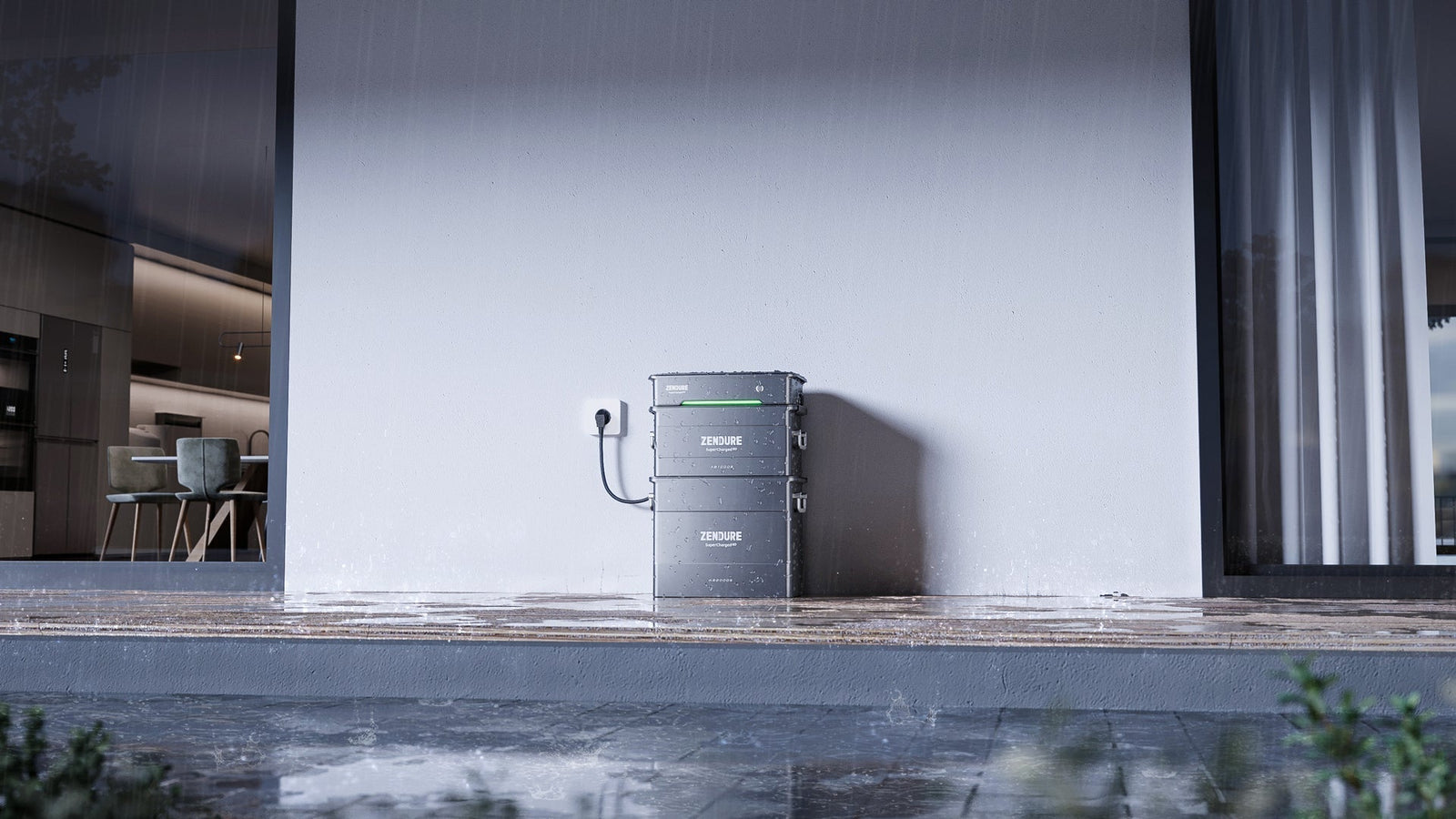
Over-discharged batteries usually cause problems and often require costly repairs or even replacement. It's not just smartphone batteries and the like that are at risk of deep discharge. This topic is particularly important for plug-in solar paneles and solar installations, as many operators fear that their PV storage system will become completely discharged in winter. What can be done to prevent this from happening? What are the key tips for ensuring the longevity and efficiency of an electricity storage system? And how can an excessively discharged battery be revived?
What happens if a battery is over-discharged?
To understand what happens and what to do in the event of a deep discharge of a battery, you first need to understand the entire mechanism behind this process, as well as the chemical processes and how a battery works.
Definition: What is deep discharge?
Deep discharge is primarily the state in which a battery finds itself when it is so discharged that the voltage in the battery falls below the minimum permitted level. This scenario generally occurs when a battery is completely discharged for an extended period of time or due to intensive use, without having been fully discharged.
From a chemical perspective, complete discharge leads to the complete emptying of electrochemical storage cells. This scenario is particularly devastating for widely used lithium-ion batteries. In this case, deep discharge of the battery triggers a series of chemical reactions that can cause irreversible damage. If this happens, the battery electrode materials lose their ability to efficiently store and release ions, resulting in permanent damage to the battery and its storage capacity. This scenario is feared by many battery and accumulator owners.
What damage is caused by deep discharge?
The problem with deep discharge is generally that not only is the battery completely drained, but in most cases, it is no longer possible to revive it (completely) by trying to recharge it. In this case, damage has already been caused by the deep discharge of the battery. The consequences can be many and varied:
- ● Low capacity: Once deeply discharged, batteries often have reduced capacity, meaning they can store less energy than before.
- ● Reduced lifespan: The total lifespan of the battery is also usually significantly reduced, as repeated deep discharges accelerate the wear and tear of electrochemical components.
These scenarios pose a real problem, particularly for PV storage batteries. They are designed to store and supply energy from solar power on a regular basis. However, regardless of how the battery is used, it is clear that deep discharge significantly affects the battery's ability to store and efficiently release energy.
Deep discharge thus significantly reduces both the capacity and service life of a battery. Yet in the case of systems such as PV storage batteries, which depend on a reliable energy supply, this is precisely the crucial point, and complete discharge should be avoided in order to ensure long-term efficiency and reliability.
How can deep discharges be prevented?
One of the main concerns is whether and how technical components can prevent deep discharges. In fact, there are several ways and means of preventing deep discharges.
Protection against excessive discharges
Among the most effective methods for preventing deep discharge are smart technologies and hardware components that automatically intervene before the battery becomes too discharged and suffers damage. For example, the mechanism can automatically trigger recharging when the battery is too low or prevent additional energy from being drawn once a threshold value is exceeded, in order to prevent excessive discharge and the resulting deep discharge of the battery.
It is essential to ensure such protection against excessive discharge, particularly for photovoltaic batteries and batteries intended for solar kits in winter. This is because batteries are also used at low temperatures and must therefore be protected against total discharge. If a battery is no longer being recharged, it is possible, for example, to prevent additional energy from being drawn from the battery once it reaches a certain state in order to avoid deep discharge.
Battery balancing
To prevent deep discharge, another important component of a battery is a battery management system (BMS). By distributing the load evenly across all cells in a battery, it ensures that no individual cell is overcharged or over-discharged. Such a scenario could lead to imbalance and ultimately to deep discharge of the battery.

Concretely, a PACK-Level balancing algorithm would ensure that all battery cells are charged and discharged equally. This not only prevents deep discharge of certain cells, but also contributes significantly to a longer battery lifespan.
Tip: To be sure of your choice, it is advisable to opt for an energy storage device with deep discharge protection and a PACK level balancing function. Both of these features are available in the AB2000X models from Zendure . for example. These can then be used reliably even under heavy loads and low temperatures in winter. Damage caused by deep discharge and the resulting costs are avoided from the outset.
- ● With integrated aerosol fire extinguishing system
- ● Battery balancing technology prevents overcharging and excessive discharging
- ● Technologie d'équilibrage de la batterie, évitant ainsi la surcharge et la décharge excessive
- ● Advanced battery management system
- ● Innovative battery self-heating technology allows charging at -20°C in winter
Avoid deep discharges of photovoltaic batteries through proper use and maintenance
Besides technical protection mechanisms, there are also various options in terms of use and maintenance to prevent deep discharge of the battery.
Regular maintenance and monitoring
Regular monitoring and maintenance of a battery are among the most important measures for preventing deep discharges. Monitoring battery performance allows potential problems to be detected early and appropriate remedial action to be taken. Regular battery maintenance also ensures that all hardware components of the battery function properly. This keeps the battery itself in good condition. Not only does this prevent deep discharge, it also extends the service life of the battery.
Adaptation to weather conditions and temperatures
In the winter months, when the sun shines less intensely than usual, it is particularly important to take measures to ensure that the battery remains sufficiently charged. Whether you have a plug-and-play solar kit or a solar installation, there are various options available. For example, reducing energy consumption or temporarily increasing the use of grid power can help ensure that the battery is not deeply discharged.
What should I do in the event of over-discharged battery?
In the event of over-discharged battery, despite all protective measures, it is crucial to act quickly and carefully to minimise or, ideally, prevent potential damage. The first thing to do is to disconnect the battery from the electrical circuit to prevent further discharge. Caution is advised if the battery already shows visible damage such as dents or leaks. In this case, the battery should no longer be used.
The second step is to try to bring the battery back to a safe voltage level by charging it slowly with a suitable charger. The number of modern chargers with a special function for revitalising deeply discharged batteries is constantly increasing, with the charging current being kept at a particularly low level in order to recharge the battery gently.
Important: The battery must be monitored continuously during this step so that immediate action can be taken in the event of overheating or other problems.
Is it possible to revive an over-discharged battery?
Reviving an over-discharged battery is possible under certain conditions. Success depends heavily on the type of battery and the level of discharge. It is not uncommon for slow, controlled recharging to allow the battery to function again, especially if the discharge was only for a short period of time. In addition, modern battery technologies, such as lithium-ion batteries, are often equipped with protection mechanisms that detect deep discharge and protect the battery from irreversible damage.
Nevertheless, there are limits to the resuscitation of an over-discharged battery. For example, in the event of excessive or repeated deep discharge, the battery may be permanently damaged, resulting in a loss of capacity or, in the worst case, total and irreparable loss.
Installing a plug-in solar kit in winter – the right storage battery
Operating a solar kit system with photovoltaic batteries presents a number of challenges in order to prevent deep discharge of the battery.
The decrease in sunlight reduces the amount of energy available for recharging, and the cold puts additional pressure on the battery. Under these conditions, deep discharge of the battery is dangerous, especially if it is regularly used at the limit of its capacity. As we saw above, a PV battery with special protection mechanisms is necessary to prevent deep discharge. These include overload protection and PACK level balancing.
This is a technique used in battery systems that ensures that all cells in a battery pack are charged and discharged evenly. It prevents overcharging and deep discharging of certain cells, thereby extending battery lifespan, maximising efficiency, and improving safety. It is an essential element in optimising the performance of battery packs in electric vehicles, energy storage, and electronic devices.
Worth knowing: Both the Hyper 2000 and Ace 1500 batteries from Zendure offer precisely these essential functions and thus ensure that the PV battery is not deeply discharged. If you want to purchase a battery for your own solar system or plug-and-play solar panel kit, or if you want to replace your existing model due to problems, you should take a closer look at these two models.
Conclusion: Over-discharged battery - deep discharge can be avoided!
Deep discharge of batteries, especially in PV batteries and plug-in solar paneles, can clearly cause considerable damage that significantly affects battery capacity and lifespan, resulting in financial losses in particular. This risk can be minimised by using modern technologies such as deep discharge protection and PACK level balancing, as well as regular maintenance and monitoring. When choosing a battery, it is therefore important to opt for a model with the right features, such as the battery AB2000X/AB3000X from Zendure. Otherwise, damage and high repair or replacement costs can quickly arise.

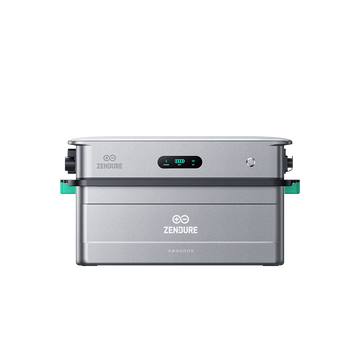
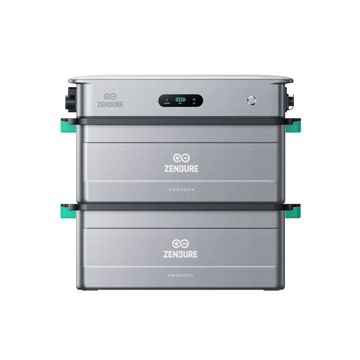

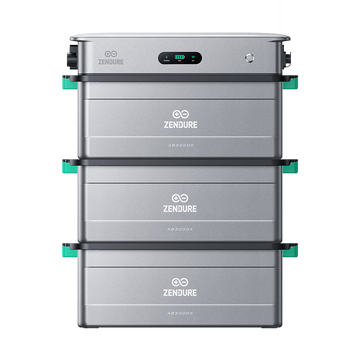
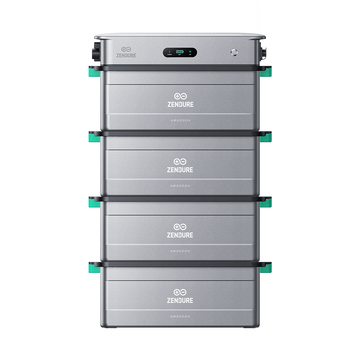
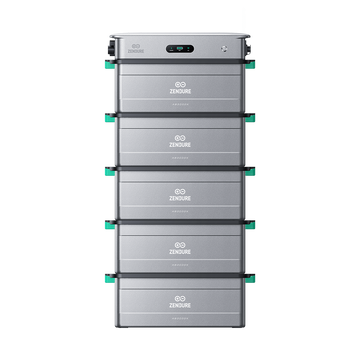
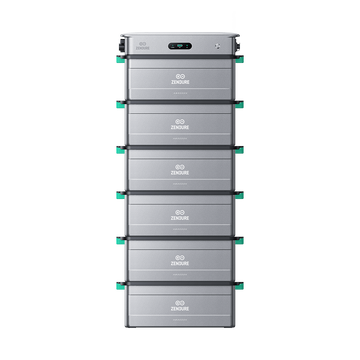
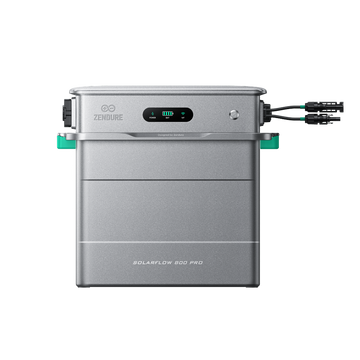
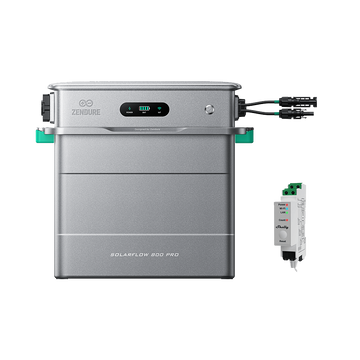
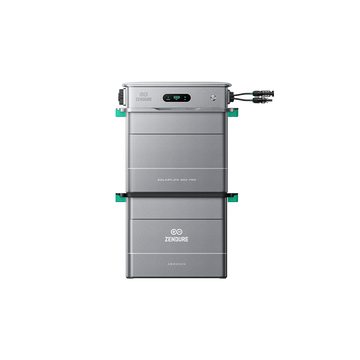
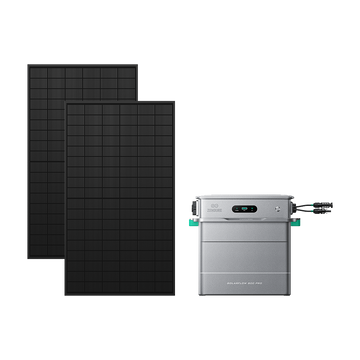
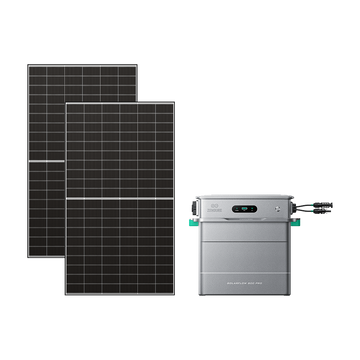
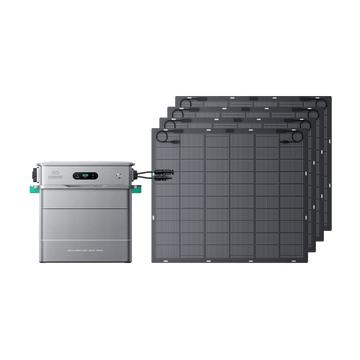
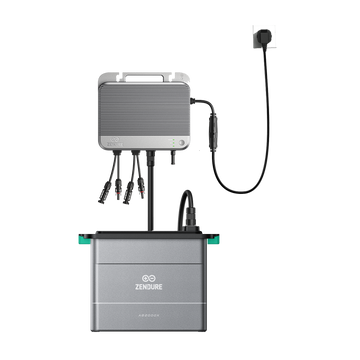
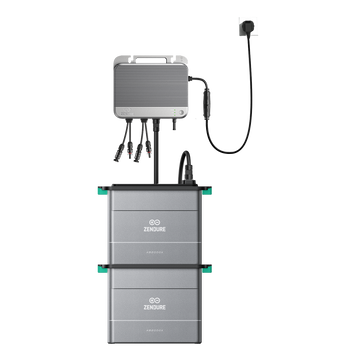
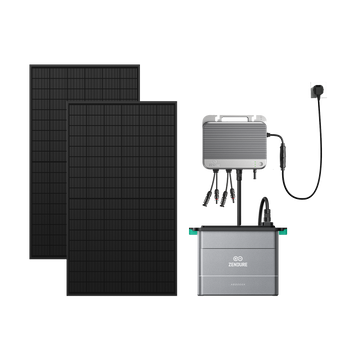
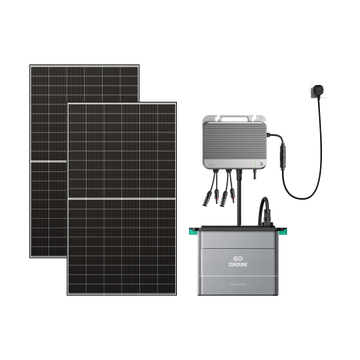
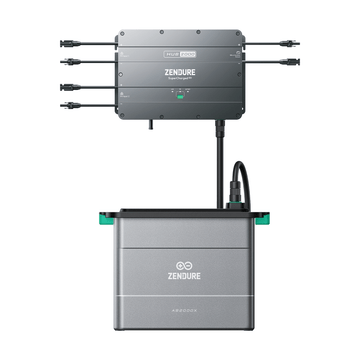
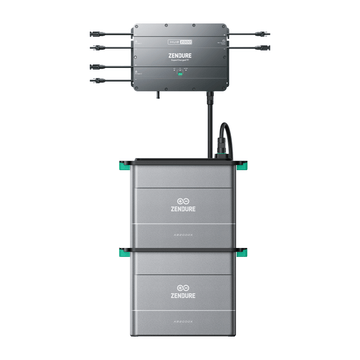
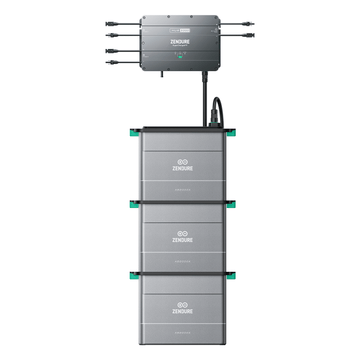
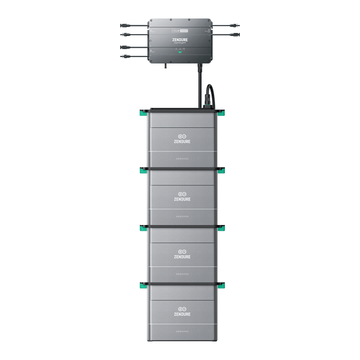
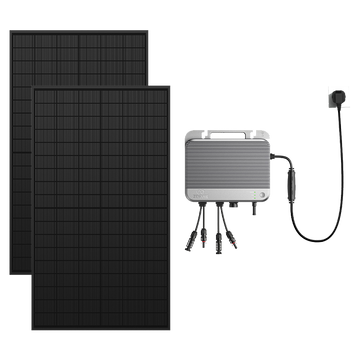
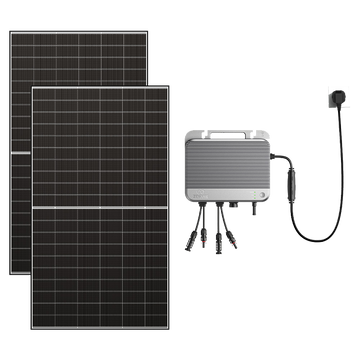
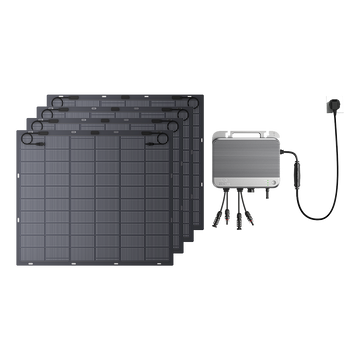
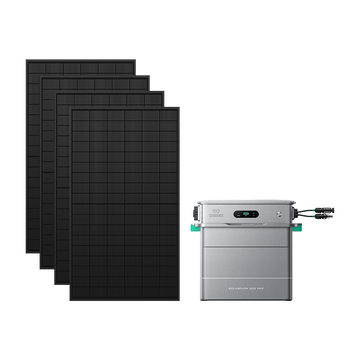
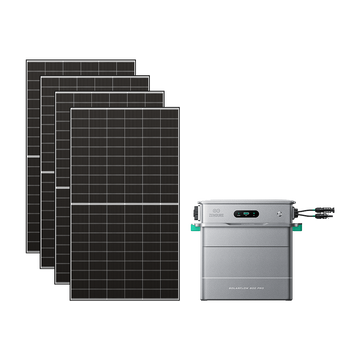
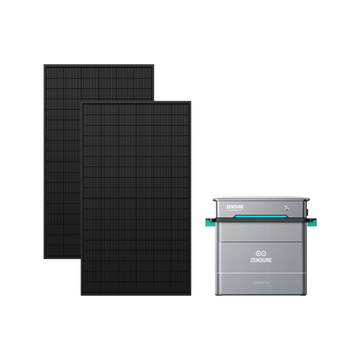
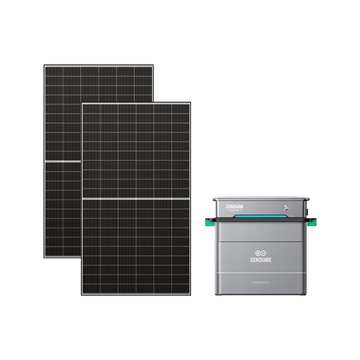
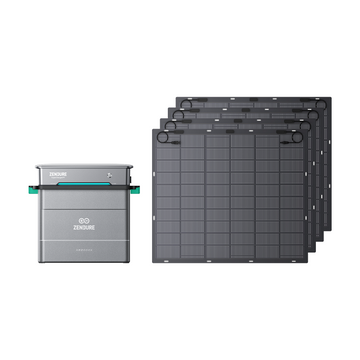
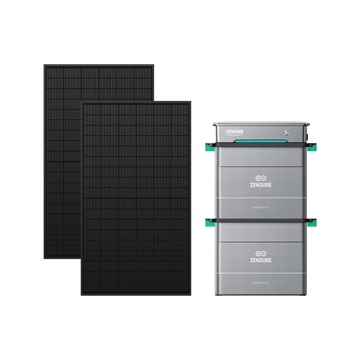
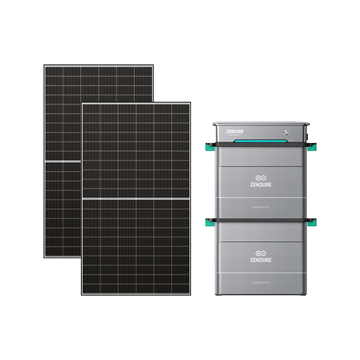
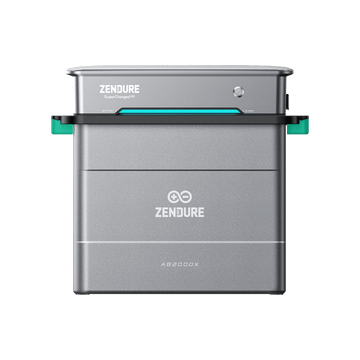
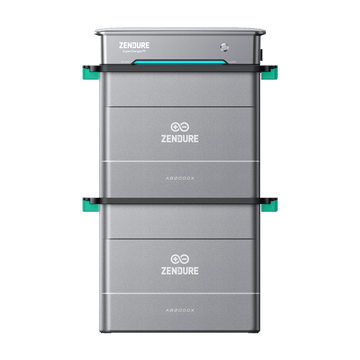
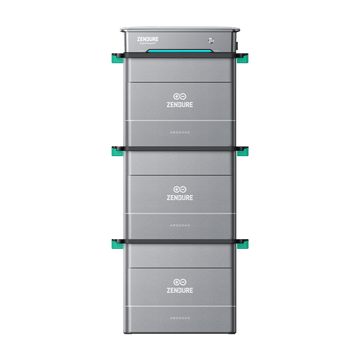
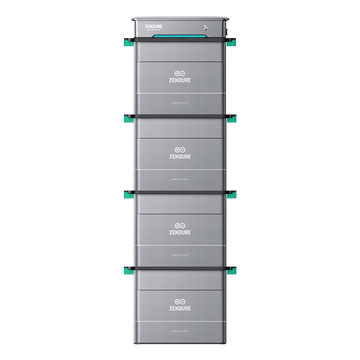
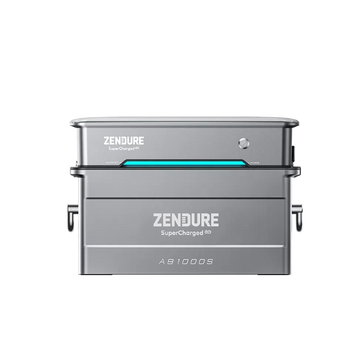
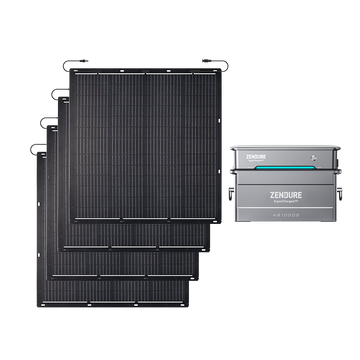
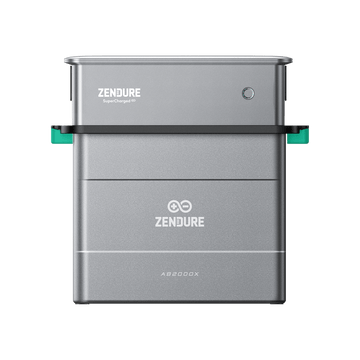
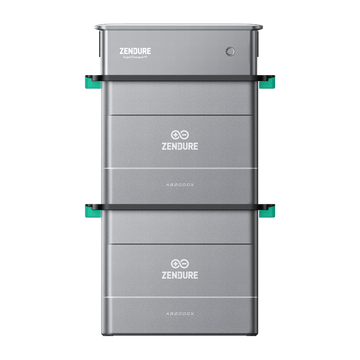
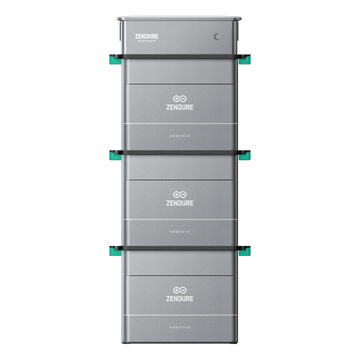
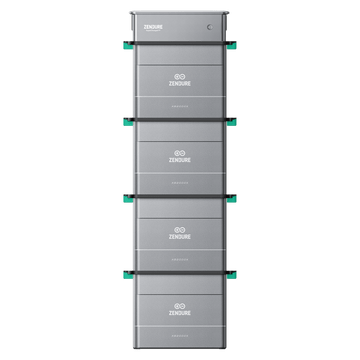
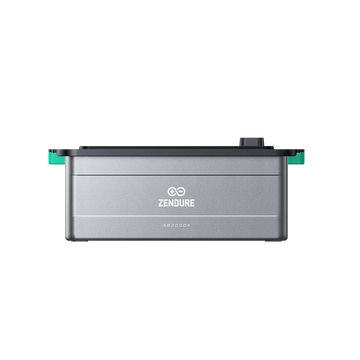
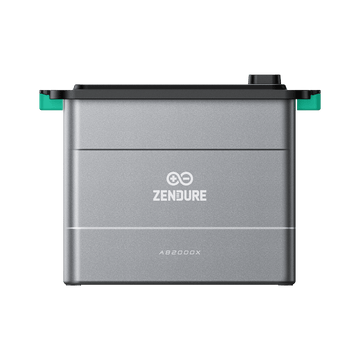
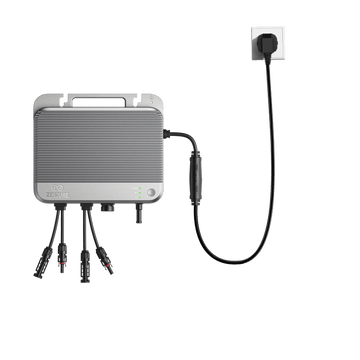
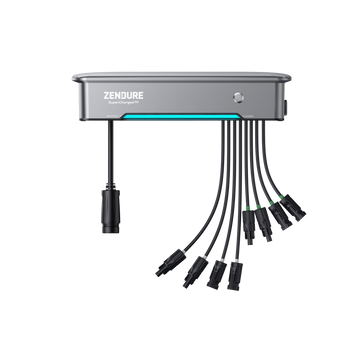
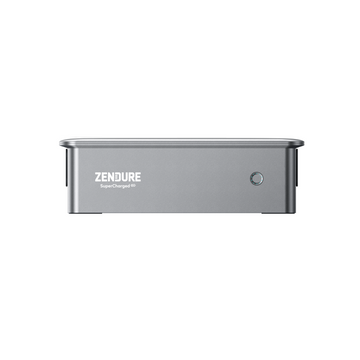
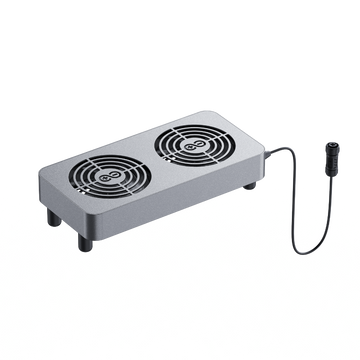
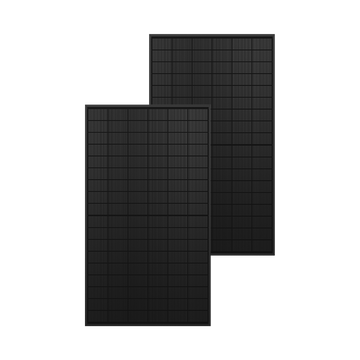


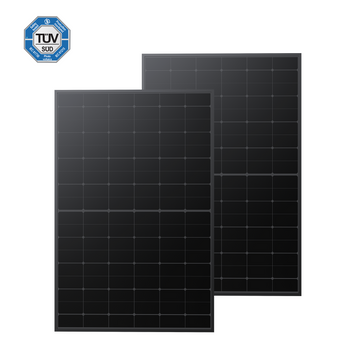
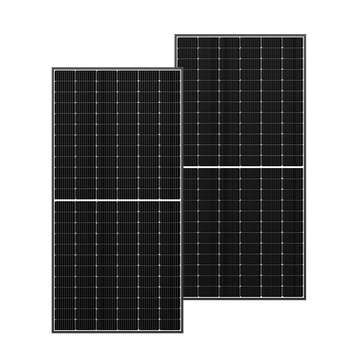

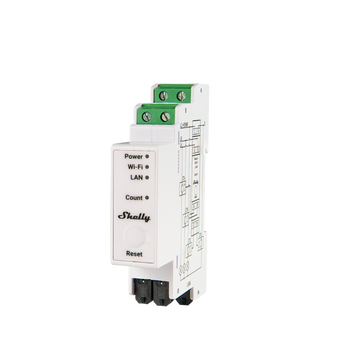

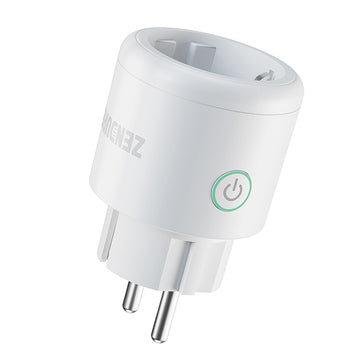
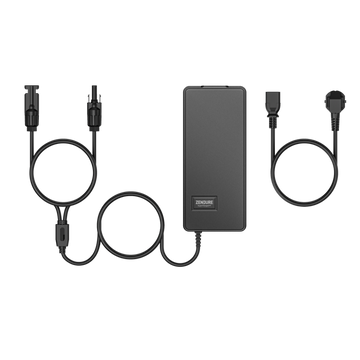
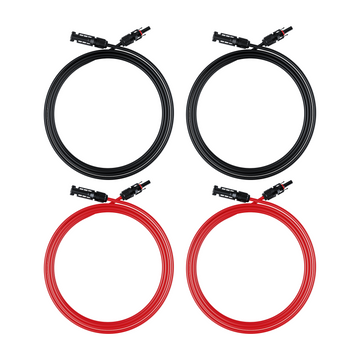
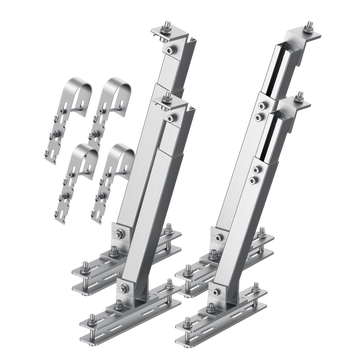
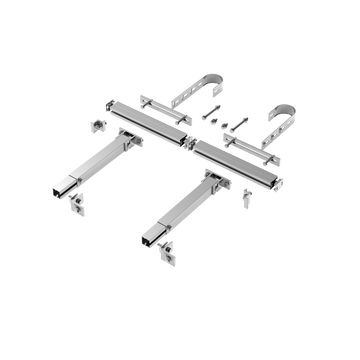
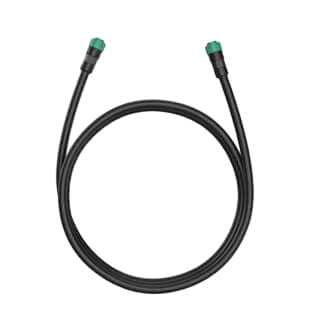
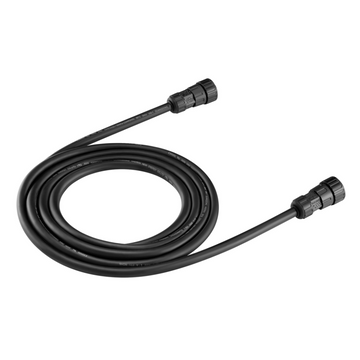
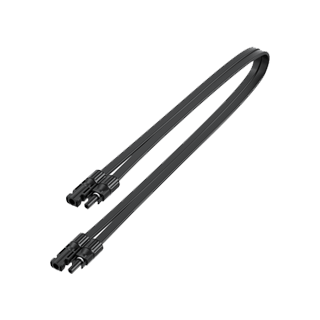
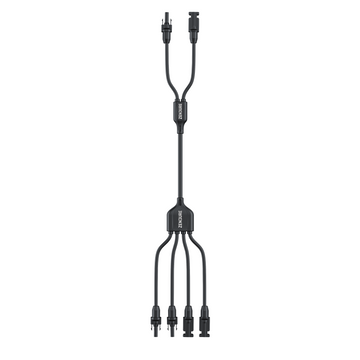
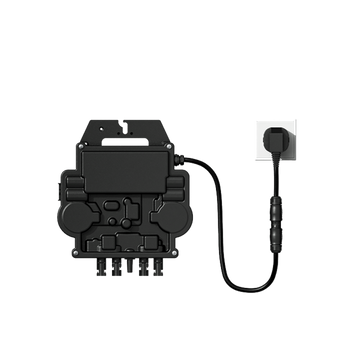

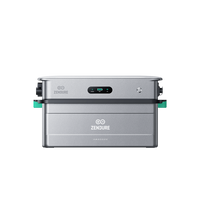
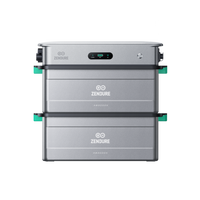
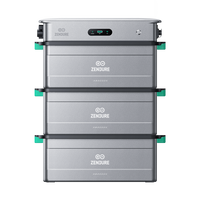
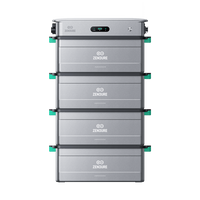
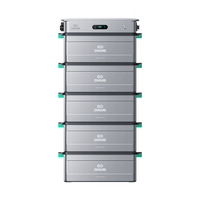
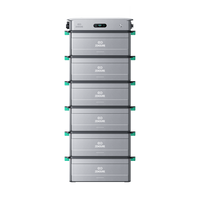

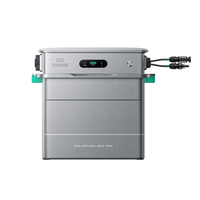
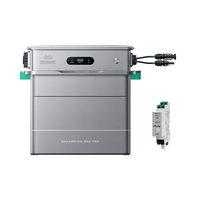
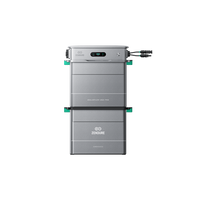
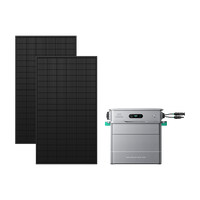
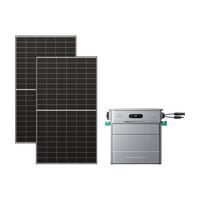
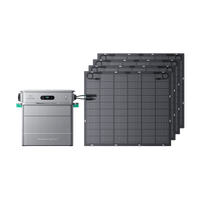

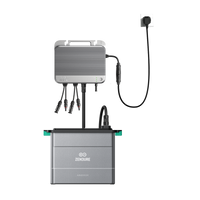
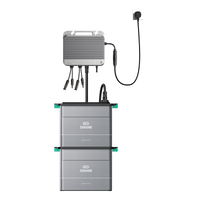
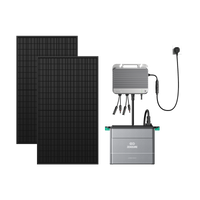
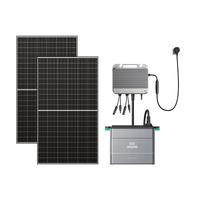

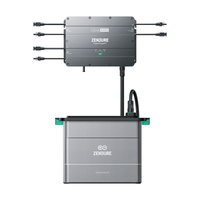
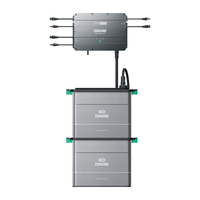
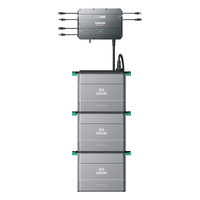
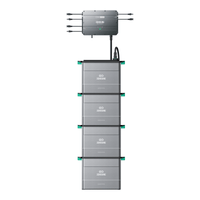

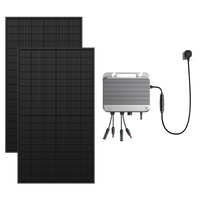
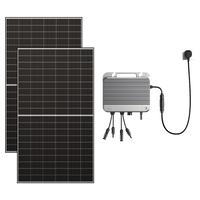
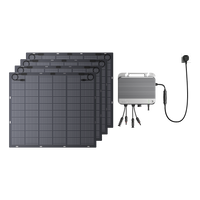

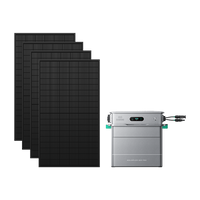
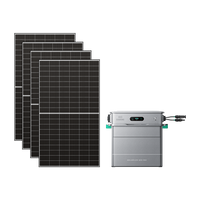
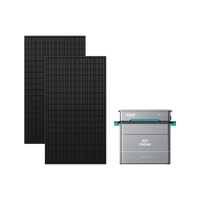
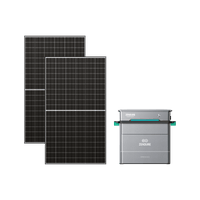
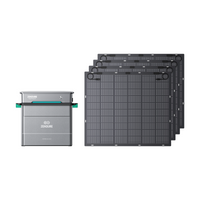
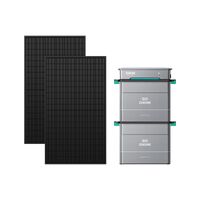
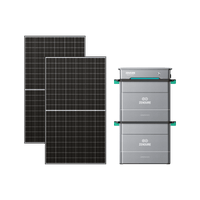

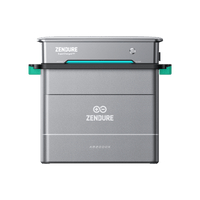
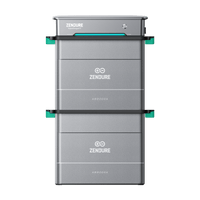
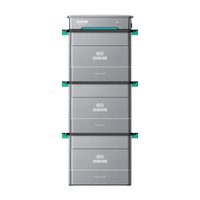
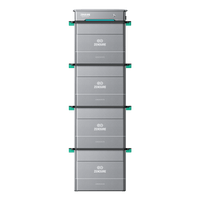

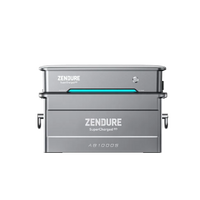
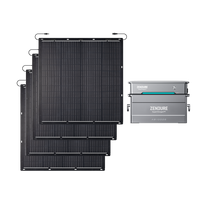

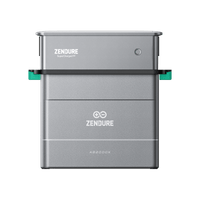
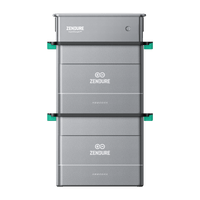
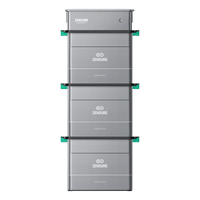
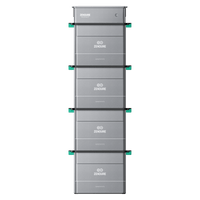

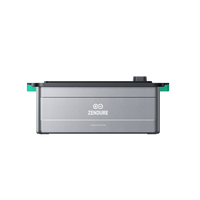
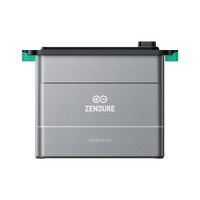
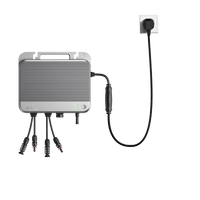
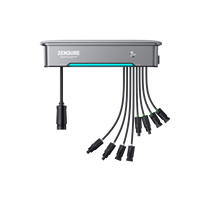
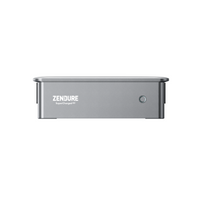
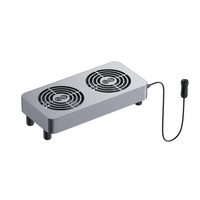
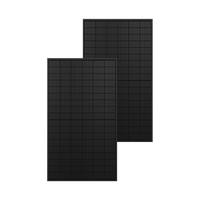


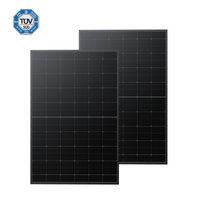
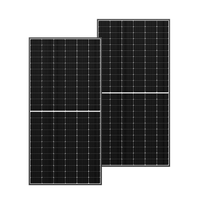

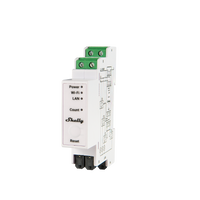

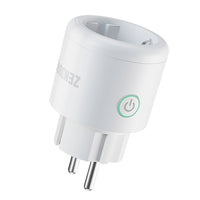
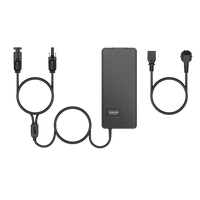

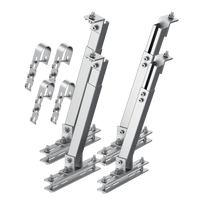
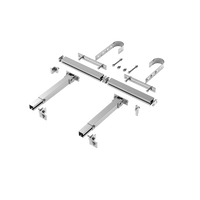
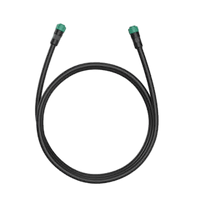
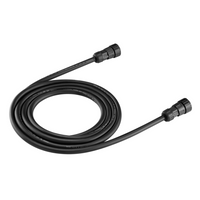
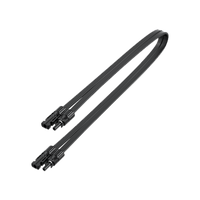
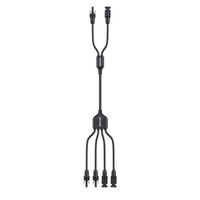
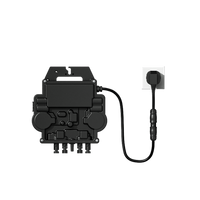



Leave a comment